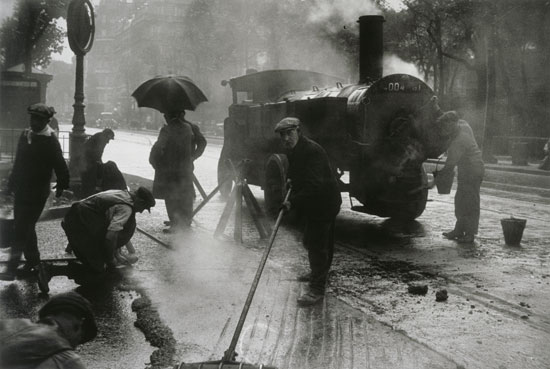Fr : version française / En: english version
Standing firm
Street cleaning is a much easier task on paved streets. Hence Philippe Auguste's decision to order that the streets be paved. However, doing so was an extremely expensive undertaking, and the royal authorities ended up passing on the cost to property owners, which did anything but speed up the process.
"Putting the laborers to work"
The year of Our Lord 1296, the Wednesday before the Fête de la Madeleine.
It was decided without delay that henceforth we would entrust an elected official from La Marchandise with the task of ensuring that those who worked on the roadways put in sufficiently long and complete days, as they were expected to do. The official would set the laborers to work each day and ensure a good day's work was done. He would also oversee how much stone and mortar was used during the day.
On Saturdays, the official would report to the clerk of La Marchandise on the number of stones and the quantity of mortar used.
Leroux de Lincy, Histoire de l'Hôtel de Ville de Paris, Paris, 1846. (Free translation from the French)
It was not until the 19th century that Paris was paved on a massive scale: some one million paving stones were used annually circa 1830.
John Loudon McAdam
John Loudon McAdam (1756-1836) gave his name to the technique he invented for building hard-surfaced roads.
The process involved using layers of materials one on top of the other, with each new layer thinner than the previous: the largest at the bottom to provide stable a foundation, followed by a finer layer to fill any holes, then a very thin layer to provide the finishing. Today, the final layer consists of asphalt, or tar, which the French often mistakenly refer to as macadam. A more accurate term is tarmac, a contraction of "tar macadam".
Materials evolved in line with requirements and techniques, ranging from sandstone and granite to wood and asphalt.



























